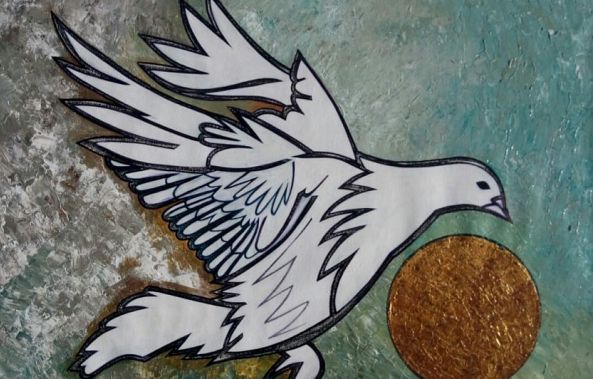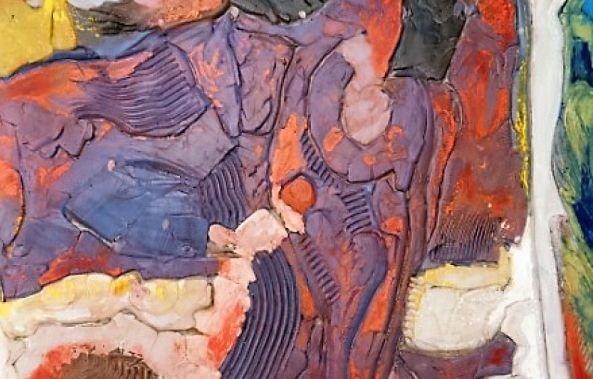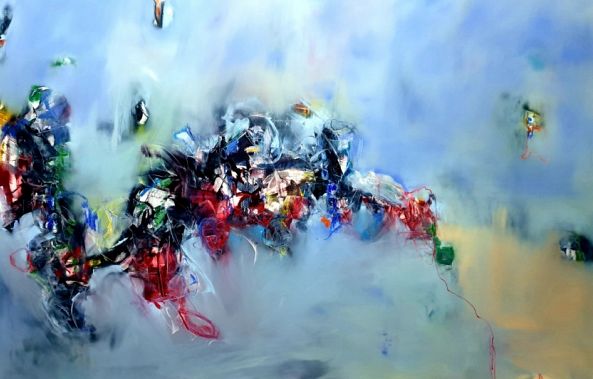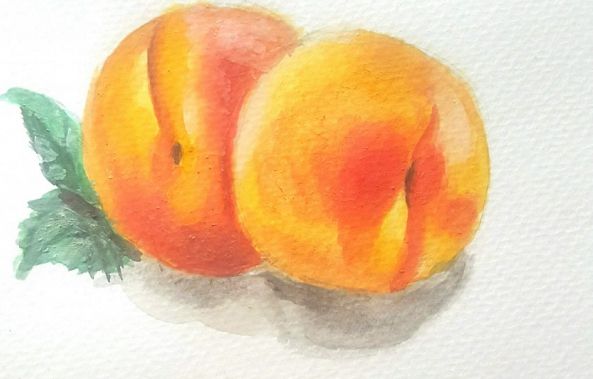20 most famous sculptures from all around the world
Sculpture has been a popular art form for thousands of years. The skill that goes into creating a worthwhile piece of art is incredible, and a single piece can take years for an artist to create. Because sculptures are primarily made of stone, there’s a much greater chance of them surviving than a painting or drawing. This means we still have evidence of sculptures that were made over 2,000 years ago!
Sculptures have become a fundamental part of our understanding of ancient cultures, and were a way for artists to showcase their skill, and provide a memento of certain events or people. While it would be a difficult task to write about all of the statues found throughout history, here is a list of the 20 most famous sculptures you need to know about.
Bust of Nefertiti – 1345 BC
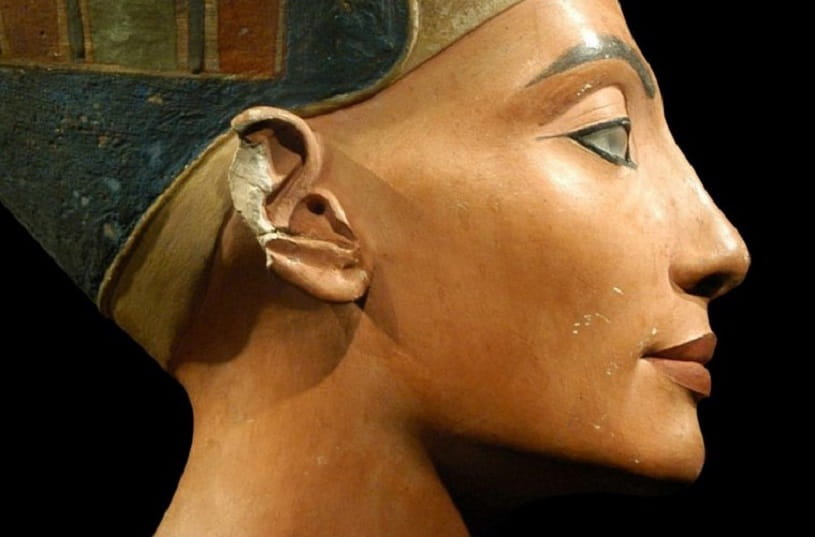
Image via http://kingtutone.com
This iconic statue was created thousands of years ago, presumably by a sculptor called Thutmose. It’s made of limestone, and is coated in stucco and then painted. It’s easily one of the most recognizable pieces of art from Ancient Egypt, and its sheer beauty has made Nefertiti a symbol of femininity. It was discovered in 1912 by a German archaeologist in Thutmose’s workshop and quickly became an international talking point. It has been kept in various locations in Germany, but is currently on display in the Neues Museum in Berlin, although there have been arguments between Germany and Egypt over its repatriation.
The Discus Thrower (Discobolus) – 460-450 BC
.jpg)
Image via https://www.archaeology.wiki
This sculpture depicts a young Greek man throwing a discus, and the original was cast in bronze. The original sculpture was created by Myron, a Greek athletic sculptor that worked mainly with bronze. Unfortunately, the original artwork has been lost to history. We know about it because of numerous Ancient Roman copies, including those made of marble. The Discus Thrower is an incredible piece of work because it shows the advancements in Classical sculpture techniques. The subject is shown on the verge of releasing the discus, and the potential energy in his pose is easy to see. However, there is no strain shown in the muscles, but this is likely because of the sculptor’s desire for aesthetic perfection.
Apollo Belvedere – 350-325 BC
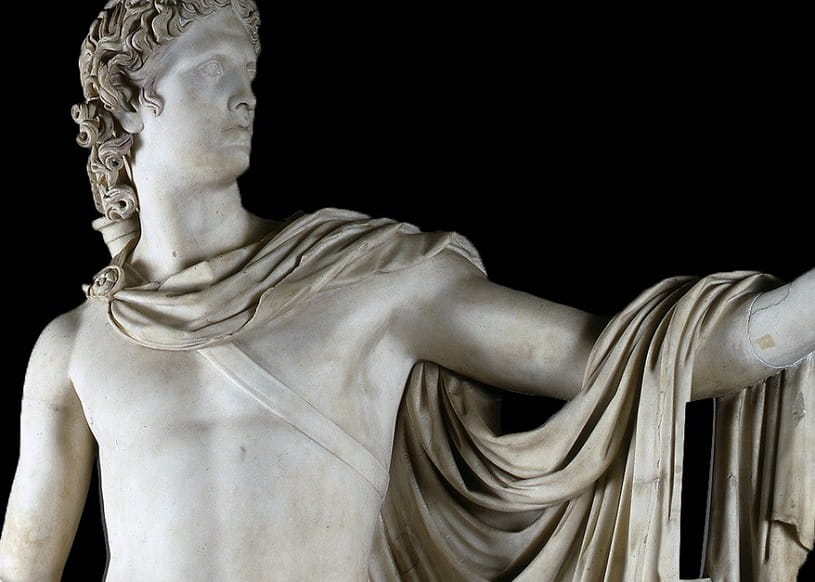
Image via http://www.museivaticani.va
The Apollo Belvedere is a well-known piece of Classical sculpture, but is thought to be a copy of an earlier bronze statue. The piece currently kept in the Vatican Museum is made of marble, and most likely dates from around 120-140AD. It was lost for nearly 1,500 years, and was rediscovered during the Italian Renaissance. During the 18th and 19th centuries it was regarded as one of the most perfect statues ever created, and was heralded as aesthetic perfection by many neoclassicists. The sculpture depicts the Greek God Apollo as an archer having just released an arrow, although there’s no explanation behind the story shown. He is entirely nude apart from sandals and a cloak over his left shoulder.
The Dying Gaul – 230-220BC
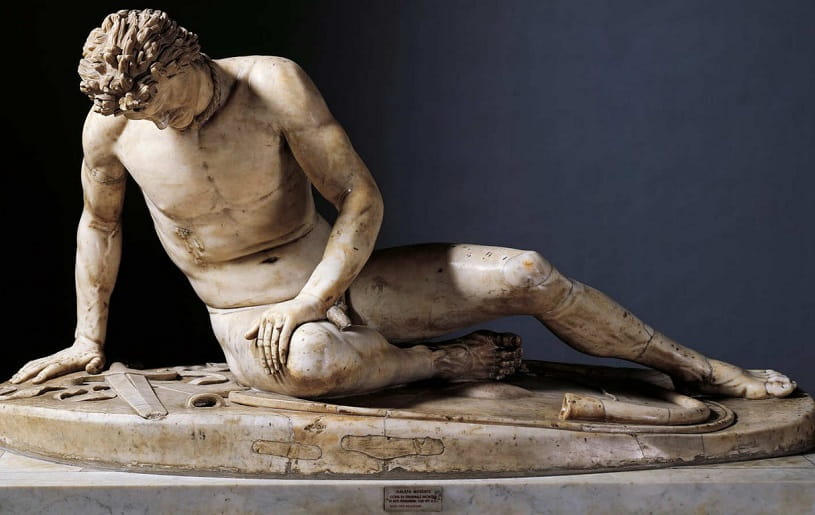
Image via http://www.vulture.com
The original sculpture is believed to have been designed around 230BC to celebrate the victory of Attalus I over the Gauls of Turkey. The version we have today is a marble copy of an older bronze sculpture that has been lost to history. The sculptor of the original work is unknown, although historians believe it could be the work of Epigonus, who was a court sculptor at the time. The statute depicts a man dying from a sword wound to the chest, and is praised for its realism and depiction of pain. Until the 20th century it was assumed the statue was of a gladiator, but further examination showed the subject to carry the trademarks of a Gaul, including the hairstyle and moustache, and a torc around the neck.
The Terracotta Army – 210-209 BC
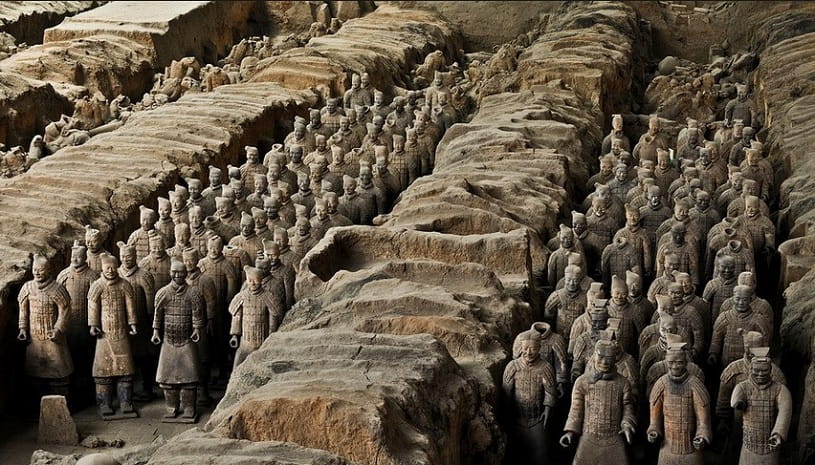
Image via https://globalvolunteers.org
Perhaps one of the most famous works of the ancient world, the Terracotta Army was created for Qin Shi Huang, Emperor of China, to protect him in the afterlife. The statues were discovered in 1974 by local farmers, and the most recent estimates believe there are over 8,000 statues! These include soldiers, chariots, and cavalry. The construction of the tomb and soldiers was documented by a near-contemporary source, who wrote about a century after construction, who states there were over 700,000 workers involved in the project. The amount of work that went into this project is mind-blowing, especially considering they were all buried in the ground!
Nike of Samothrace – 190 BC

Image via https://www.greektravel.com
This is another recognizable piece of ancient artwork, and has been on display in the Louvre since the late 19th century. It depicts Nike, the Greek Goddess of victory, and is one of a few surviving originals (instead of a Roman copy). There is much speculation over what the statue was commissioned to celebrate, as it could be related to a number of great battles. The statue was intimately restored several years ago, and now features a plaster wing to replace the original missing one. The statue is also missing its head, which has never been found. Art historians praise the statue for its ability to depict both motion and stillness, and violence and grace.
Laocoön and His Sons – 2nd century BC
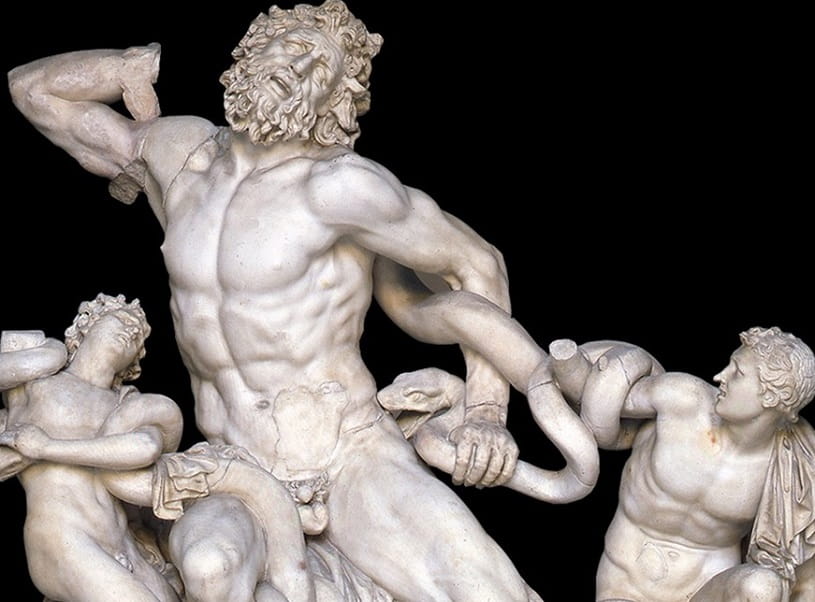
Image via http://www.museivaticani.va
Information regarding this statue varies considerably depending on who you ask, and its date of creation isn’t known. Art historians also disagree on whether the sculpture that’s on display in the Vatican Museum is the original, or a copy. It depicts Laocoön, an ancient Trojan priest from mythology, and his two sons being attacked by sea serpents. The work is widely regarded as a prototypical example of suffering in Western art, and the sculptor’s ability to depict pain is incredible. The statue was lost to history until it was rediscovered in 1506, after which it was put on display in the Vatican and restored several times.
Venus de Milo – 130-100 BC
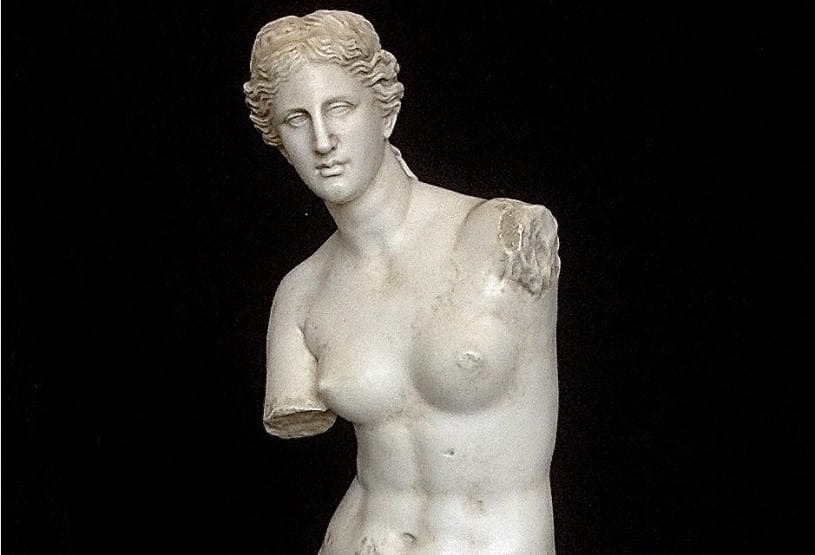
Image via https://www.marble-sculpture.com
The Venus de Milo is actually called Aphrodite of Milos, and depicts the Greek Goddess of love. It was sculpted by Alexandros of Antioch, who signed the work on its plinth. There is great mystery surrounding the sculpture’s missing arms because it was discovered without them, but there’s evidence to show they would have been sculpted separately and then attached later. It’s now believed that Aphrodite was discovered with pieces of her missing left arm including her hand holding an apple. The statue is currently on display in the Louvre, and has been a great source of inspiration for many modern artists.
Capitoline Wolf – 11th/12th Century
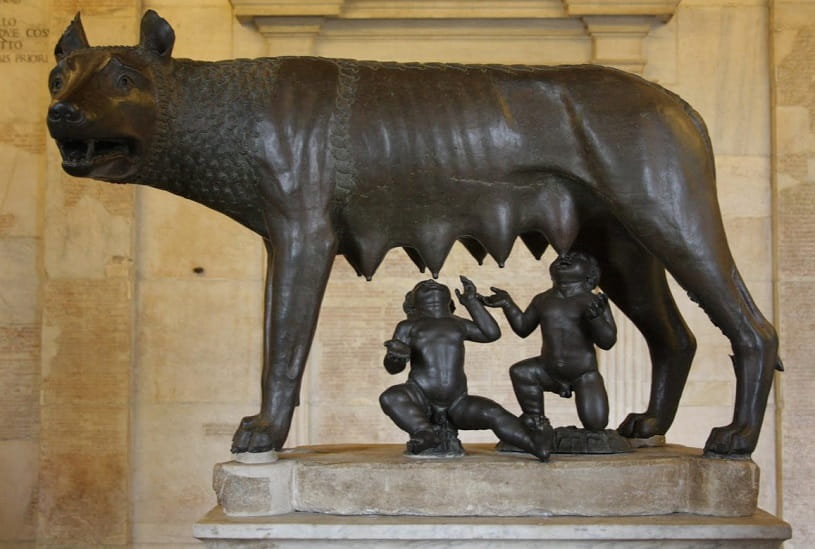
Image via http://www.thehistoryblog.com
There is an interesting history surrounding this statue. It depicts Romulus and Remus, the mythical founders of Rome, suckling on a she-wolf. The wolf was long thought to have been sculpted in the 5th century BC and the twins added in the 15th century, but this was disproven using radiocarbon dating. The myth about its origin was likely started to give legitimacy to the foundation of Rome story. The artistic style of the twins doesn’t match that of the wolf. All components are cast in bronze, but the twins are very typical of early Renaissance work, whereas the wolf looks considerably older. The statue is famous in popular culture and has been recreated in locations all over the world.
Bronze David – 1430s
.jpg)
Image via http://www.thehistoryblog.com
Donatello actually sculpted two Davids during his lifetime, an early one in marble and then a later one in Bronze. Both are of the Biblical figure David, and the bronze statue is completely naked between the head and feet. There was potential controversy surrounding the sculpture at its time of creation, and modern historians put this down to possible erotic expressions. The biggest is the way the helmet’s feathers curl around David’s leg, which has been thought to express Donatello’s homosexual desires. Whatever the historical controversy was, the sculpture of David is now widely appreciated and is house in the Museo Nazionale del Bargello in Florence.
Pietà – 1498-1499
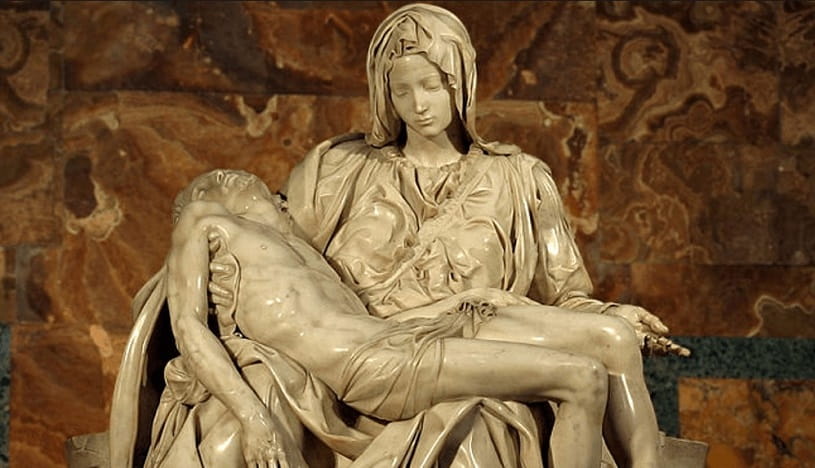
Image via http://www.italianrenaissance.org
La Pietà (The Pity) is a famous work by Renaissance artist Michelangelo. It depicts Jesus lying in Mary’s lap after the Crucifixion and combines elements of Renaissance beauty standards with more natural values. The statue has been on display in St. Peter’s Basilica in Vatican City since its creation, and originally marked the tomb of a cardinal. The statue is interesting because it doesn’t show any real signs of the Crucifixion, and Jesus appears serene rather than in pain. This was apparently because Michelangelo wanted to show the communion between God and man through Jesus, rather than suffering and death.
David – 1501-1504

Image via https://www.ccbs.edu
Arguably the most famous statue in the world is David. It’s long been considered a masterpiece of Renaissance work, and a depiction of aesthetic perfection. The statue’s subject is the same David as Donatello’s, but showcases a different artist’s style. Michelangelo’s sculpture is a staggering 17ft tall and took several years to create. The sculpture was originally started in 1464 by Florence Cathedral, but the contract went through several artists before Michelangelo won it. It’s amazing to think that this famous piece of art might never have existed, or looked completely different. It currently stands in the Galleria dell’Accademia in Florence, although replicas are frequently seen all around the world.
Manneken Pis – c.1618
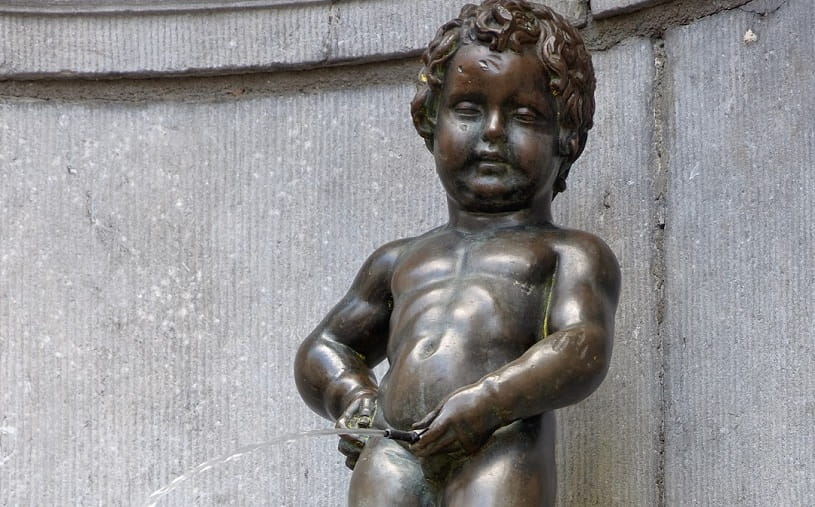
Image via wikidedia.org
This statue depicts a small naked boy urinating into a fountain. The original sculpture was put in place around 1618 in Brussels, but was replaced with a replica in 1965. There are several legends about the origin of the statue, many of which date back to the 12th century. One of the most famous is that a small boy prevented the city from being blown up by urinating on a bomb’s fuse! Locals feel the statue accurately captures their sense of humour, and is one of the most well-known landmarks in the city. The original is now on display in the Museum of the City of Brussels.
Ecstasy of Saint Teresa – 1647-1652
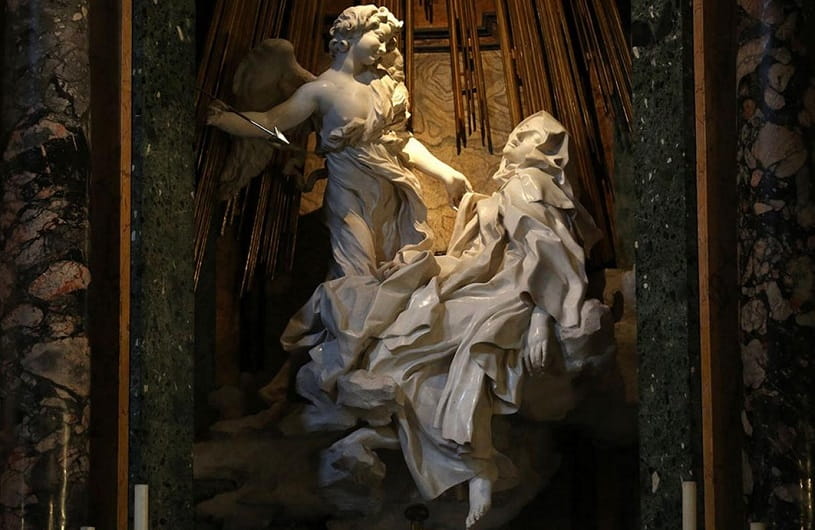
Image via http://www.italy24.ilsole24ore.com
This statue was created by Gian Lorenzo Bernini, one of the most famous Baroque sculptors, and is generally thought to be one of the finest pieces of Baroque art. The statue depicts a vision experienced by Saint Teresa, in which she experiences an almost orgasmic closeness to God. Bernini is praised for his ability to accurately capture such a range of emotions and movement, and uses the marble to its full potential. The statue is located in alcove of Santa Maria della Vittoria, Rome, and is cleverly lit by a hidden window. The result is truly breath-taking, and a prime example of Baroque drama.
Perseus with the Head of Medusa – 1804-1806
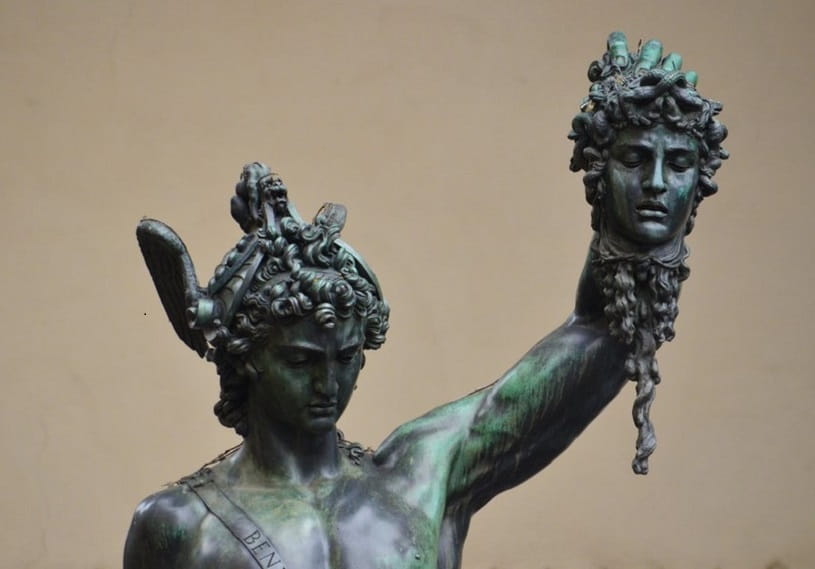
Image via https://www.deviantart.com
Actually called Perseus Triumphant, this statue depicts the Greek hero Perseus holding the severed head of Medusa, a widely known ancient myth. The design and subject were largely based on Apollo Belvedere, and the likeness is quite clear. The statue was commissioned after Napoleon stole the Apollo Belvedere from the Vatican, although Perseus ended up being so popular that they are now displayed together. The statue is a brilliant example of Neoclassicism, and is widely regarded as aesthetic perfection of the human form. There is a replica of the statue on display in the Metropolitan Museum of Art in New York.
The Thinker – c.1902

Image via https://www.ngv.vic.gov.au
The Thinker is a very famous bronze sculpture by French artist Auguste Rodin. The original design was used in a doorway called The Gates of Hell, based on Dante’s Divine Comedy, and was thought to be Dante himself. Due to its popularity over the other figures depicted in the doorway, Rodin decided to make a cast of The Thinker at a much larger size. He made many copies and casts during his lifetime, but the original is believed to be house in the Rodin Museum, Paris. It famously depicts a naked man leaning forwards and resting his chin on his hand, seemingly deep in thought. Rodin designed the sculpture to look heroic, and made it in the tradition of Michelangelo.
The Kiss – 1888
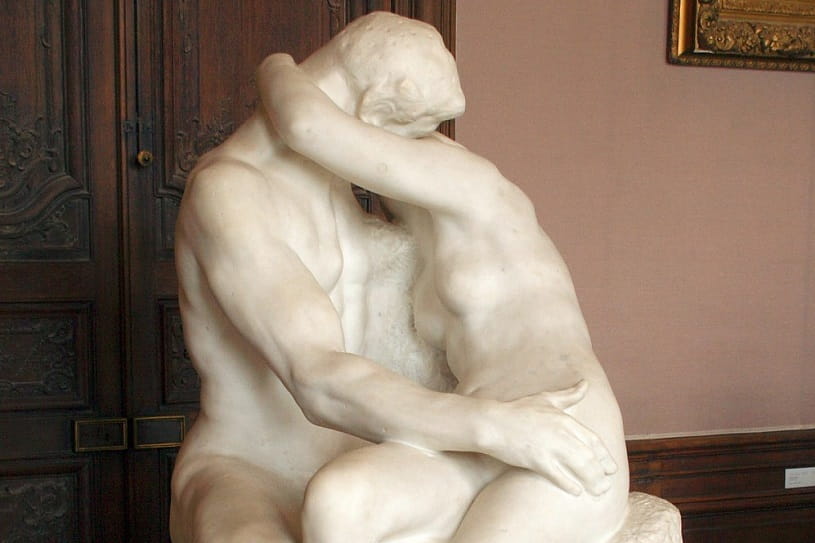
Image via https://en.wikipedia.org
This is another entry by French sculptor Auguste Rodin, but this one is made from marble. It shows a nude couple embracing in a kiss, and like The Thinker, were part of his larger work The Gates of Hell. Rodin made a point of making his sculptures of women to be equal to men, rather than their passive subjects, and this caused great controversy at the time. The couple were removed from the doorway and replaced with a different couple, but several years later the marble sculpture was commissioned by the French government. Rodin went on to make several copies for different people, but the original is displayed in the Rodin Museum, Paris.
Abraham Lincoln – 1920
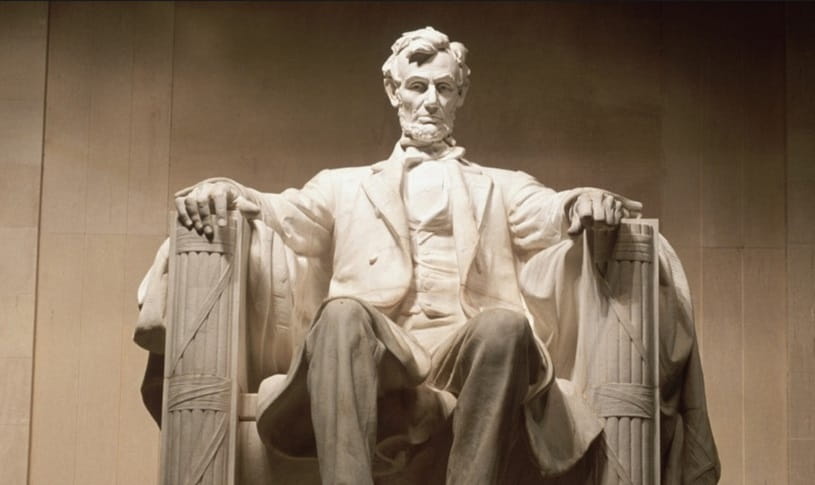
Image via https://www.history.com
Although there are many statues of Lincoln in the United States, this one is arguably the most famous. It sits in the Lincoln Memorial in Washington, and was sculpted by Daniel Chester French. It depicts President Lincoln sat in a large chair, and is done in the style of American Renaissance. The statue is 9.1m high and is made of 28 blocks of marble. It was created specifically for the Lincoln Memorial and was unveiled to the public in 1922. French paid special attention to Lincoln’s expression, which is solemn and grave. It’s designed to look like he’s reflecting, and his eyes stare directly down at viewers.
Bird Girl – 1936
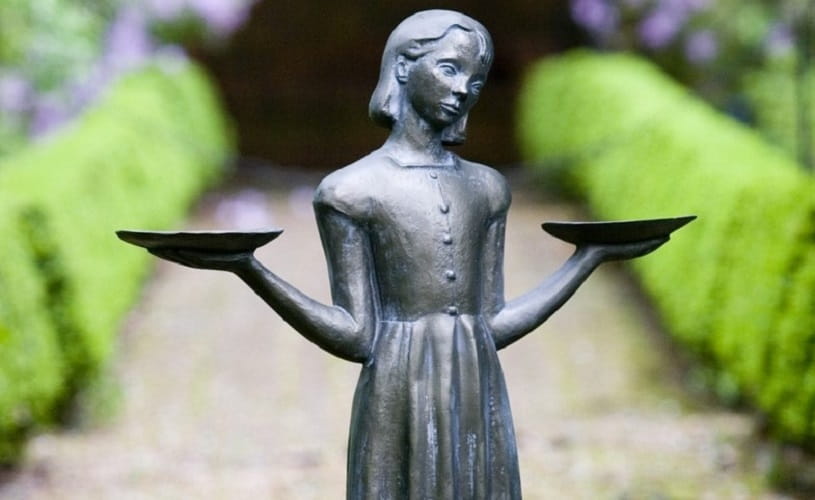
Image via https://www.potina.com
The Savannah Bird Girl statue was created by artist Sylvia Shaw Judson and is cast in bronze. It stands 50 inches tall and depicts a young girl with her head tilted to one side, holding two bowls. It was originally commissioned as a garden sculpture for a family in Massachusetts, although the most famous one currently stands in Savannah, Georgia on a burial plot. Only four were made from the original cast, although in 1995 Judson’s daughter had a fifth created from a mold of the original. The sculpture found fame after it was used on the cover of Midnight in the Garden of Good and Evil by John Berendt, and then used in the subsequent film adaptation.
Maman – 1999
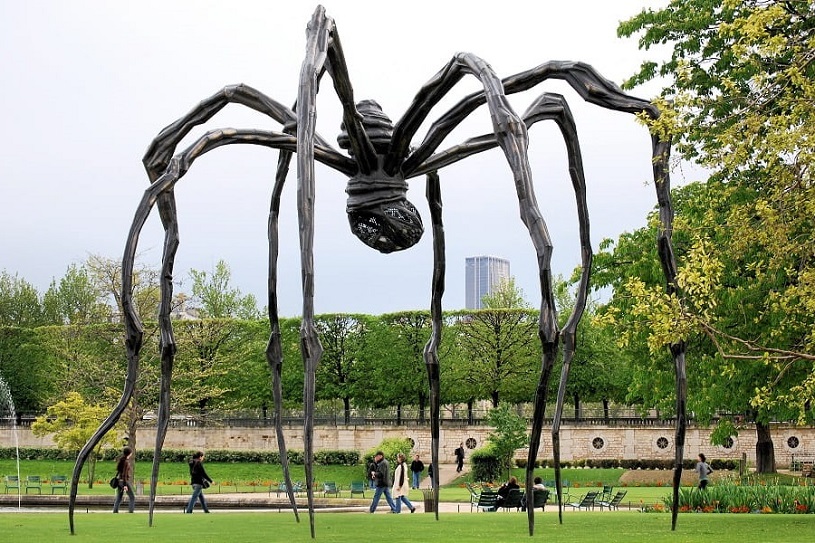
Image via https://www.pexels.com
Maman, French for Mommy/Mom, is a sculpture by French-American artist Louise Bourgeois. It’s one of the largest sculptures in the world, standing over 30ft tall and 33ft wide. It has a sac containing 32 marble eggs, and the body is made of bronze, although the original was made from steel. There are currently six casts on display, with the most famous being in Ottawa, Canada. It’s believed to be an allusion to Bourgeois’ mother, who repaired tapestries, and relates to her protective nature. The statue toured around the world in its original form, but was commissioned for a series at the Tate Modern.
Sculpture is one of the longest surviving forms of art, and some of our favourite pieces are thousands of years old. Traditions changed throughout the ages, but artists have always appreciated the skill and care that goes into creating a sculpture. The most popular sculptures in the world all earned their place on the list because they are prime examples of the perfection artists strive for when creating their work.



